|
Taiwanese strain of gamecocks are fought in naked heel. One of the Austronesian origin theories is the Out-of-Taiwan theory. (The other is the Out-of-the-Philippines theory.) Taiwan is part of China in the past. Reference:
1 Comment
Ga Ho strain of gamecocks from Vietnam is a National Treasure. Reference: Ga Ho
Heritage Magazine, Vietnam Airline January/Febuary 2005 Though plump and heavy, Mr. Ket's cockerel jumped easily onto a hedge full of yellow flowers, puffed up his chest, raised his head, and crowed majestically. The morning call is over, he jumped back down to strut his stuff before a gaggle of admiring hens. It's right that he struts like that, he's no ordinary cockerel. He's a Ho cockerel, "said Mr. Ket, a 67 years-old man from Phung Cong village in Hung Yen province and one of the few remaining Ho chicken breeders. There are others who share his passion for this relatively rare bird: When cultural researcher Le Thanh Bao was in the army, he marched the Ho Chi Minh Trail with two Ho chickens in his backpack. He says that they originated 500 to 600 years ago in Ho village, Bac Ninh province but today they are mainly found in a few villages along the banks of the Red River in Hung Yen province where the weather is cool, the alluvial soil rich, and the rice green and lush. In the past, villages often organised cockfights around the time of the lunar New year. The most beautiful Ho cockerels were cared for meticulously through the year in preparation for these fights. They were fed the best maize, their feathers were brushed, crests polished, and spurs sharpened. After the fighting was over, the winner was carried on a palanquin and called Sir. Its owner was given a mau (3,600 square metres) of rice daddy land. So what is it that makes the Ho chicken so precious? First, it is much larger than most ordinary Vietnamese chickens - weighing in at around 4.5 to five kilograms for a fully grown adult bird compared to just one to 1.5kg for most other breeds. Researcher Bao recalls seeing one that weighed 7kg back in 1955. Second, the meat of a Ho chicken is thick and delicious. In Hanoi restaurants, it is often used to prepare fried and roast chicken dishes. Yet most people who raise Ho chickens do so not for food but for love. The breed is known for its low egg count (a battery raised chicken will lay around 185 eggs in its lifetime while a Ho chicken will lay fewer than 70) and for its clumsiness when brooding. Ho hens are heavy and can break the eggs they are guarding and trample small chicks. Their poor breeding record makes raising them unprofitable for all but the most dedicated farmer. Mr. Pham Van Thieu, a resident of Da Trach willage in which province explains why he raises Ho chickens: "They are clean. Mine sleep under my bed and behave very well. I rear them not for profit, but to preserve a tradition.". In order to raise a beautiful Ho cockerel, one must know how to pick a good hatchling. One of the most important characteristics is good legs. For ordinary chickens, a farmer chooses chickens with black feathers and white legs, but in the case of Ho chickens the legs should be strong and as red as the neck of a fighting cock. Also, the head should be like that of a peacock and the body like that of a stork, the wings should be like oyster shells and the tail should splay out like a fish trap. There was a time not so long ago when Ho chickens were in danger of extinction. During the war, when resources were stretched to their limits, raising such expensive birds (which required so much food) was considered flamboyant and those who did so were labelled "landlords" - a label that drew considerable criticism. One of the few people who persevered in his endeavour to keep the breed alive was Mr. Doc from Dong Cao village. He has since passed away but his wife still remembers those days: "When the French troops burned our village we ran away, taking with us three Ho chickens, two female and one male. We took them with us everywhere we went and (eventually) 36 eggs were hatched. "Years later, the people of his village came to call Mr. Doc the Chicken King, and there is a poem on the altar dedicated to him that praises his efforts, through war and privation, to keep the breed alive until better days returned. Now, it is Mr. Doc's youngest son, Nguyen Trong Tich, who owns the largest number of Ho chickens in the area. Thanks to help from the Animal Breeding Institute and the Programme for Preserving the Gene Pool of Domesticated Animals, there are around 300 Ho chickens in Tich's yard. People from all corners of the country come to see them and to buy breeding animals. But building up his stock has not been easy, Tich explains: "In 1986 and 1987 shortly after I was married, my parents gave me a bicycle and one tenth of a tonne of paddy rice. I sold the paddy to buy my first Ho chickens, which were rare at the time. Not long afterward they all died. I joined the Encouraging Agriculture programme and tried to learn how to rear chickens successfully, then I sold my bicycle to buy 15 more, which also died. I tried and tried, learning how to inject vaccines and keep my coops clean. Because of these chickens I have endured much but because of them I have also enjoyed great happiness. My family has reared chicken for three generations. I hope that the next generations will continue to do so." Dr. Vu Van Su, director of the Animal Breeding Institude's National Gene Preservation Project, shares Tich's desire to see the breed grow stronger. He remembers last year, when SARS came to Vietnam, how anxious he and others were about the bird's future. There was talk, he says, of quarantining them or even evacuating them to ensure their survival as culling destroyed much of Vietnam's domesticated poultry stock. Fortunately, such measures proved unnecessary and the Ho chiken is alive and kicking. As Vietnam enters the lunar year of the rooster, Mr. Thieu, Mr. Ket and Mr. Tich, the three men who associate their lives with Ho chickens, want nothing more than to see the bird prosper. Rearing them may be only a financial sideline but it is a social and cultural lifeline that these men are working to preserve. Ga Don strain of gamecocks from Vietnam is a shank hitter and is fought in naked heels. Reference: Ga Cua strain of gamecocks from Vietnam is a spur hitter and is fought with sharpened natural spurs or with pointed metal spurs. Reference: Pama strain of gamecock may have been originated by the Burmese Kings and Princes. Burma is a neighbor of Thailand. When King Naresuan was just a Prince of Thailand, Prince Naresuan was captured by the Burmese Prince. He may have gain freedom or avert war when Prince Naresuan and the Burmese Prince agreed to have a cockfight instead of war. Prince Naresuan fighting with his Leung Hang Khao strain of gamecocks. The Burmese Prince fighting with his Pama strain of gamecocks. Pama is another word for Burmese. Burma is now named Myanmar. Thai strains of gamecocks of today are mixed with Pama or Burmese strain of gamecocks to improve its fighting style. Reference: Leung Hang Khao strain of gamecock was originated by King Naresuan of Thailand. This strain of gamecock is also known as LHK or Thai LHK. References:
Pradu Hang Dam strain of gamecock was originated by King Ekatotsarot of Thailand. King Ekatotsarot is brother of King Naresuan of Thailand. This strain of gamecock is also known as PHD or Thai PHD. References:
Cockfighting Arena of Sangolquí, Ecuador. Sangolquí is the seat of the Rumiñahui canton in the province of Pichincha in northern Ecuador. Access to the city of Quito through the village of Tumbaco or through the "Autopista General Rumiñahui" (General Rumiñahui Highway). Currently has the largest shopping center in Ecuador named "San Luis Shopping" but it isn´t the most complete. It counts with a prestigious university ESPE, one of the best universities in the whole country, and schools like: Colegio Liceo del Valle, Colegio Antares, Liceo Naval Quito and "Émile Jaques-Dalcroze" High School which offers International Baccalaureate and it is an authorized centre for University of Cambridge ESOL Examinations Ecuador (i/ˈɛkwədɔr/ e-kwə-dawr), officially the Republic of Ecuador (Spanish: República del Ecuador [reˈpuβlika ðel ekwaˈðor], which literally translates to the "Republic of the Equator") is a representative democratic republic in South America, bordered by Colombia on the north, Peru on the east and south, and by the Pacific Ocean to the west. It is one of only two countries in South America, along with Chile, that do not have a border with Brazil. The country also includes the Galápagos Islands in the Pacific, about 1,000 kilometres (620 mi) west of the mainland. The main spoken language in Ecuador is Spanish. Ecuador straddles the equator, from which it takes its name, and has an area of 275,830 km2 (106,500 sq mi). Its capital city is Quito, which was declared a World Heritage Site by UNESCO in the 1970s for having the best preserved and least altered historic center in Latin America. The country's largest city is Guayaquil. The historic center of Cuenca, the third largest city in the country, was also declared a World Heritage Site in 1999, for being an outstanding example of a planned inland Spanish style colonial city in the Americas. Ecuador is also home to a great variety of species, many of them endemic, like those of the Galápagos islands. This species diversity makes Ecuador one of the 17 megadiverse countries in the world. The new constitution of 2008 is the first in the world to recognize legally enforceable Rights of Nature, or ecosystem rights. Ecuador is a presidential republic and became independent in 1830, after having been part of the Spanish colonial empire and the republic of Gran Colombia. It is a medium-income country with an HDI score of 0.720 (2011). Source: |
Categories
All
Archives
January 2013
|
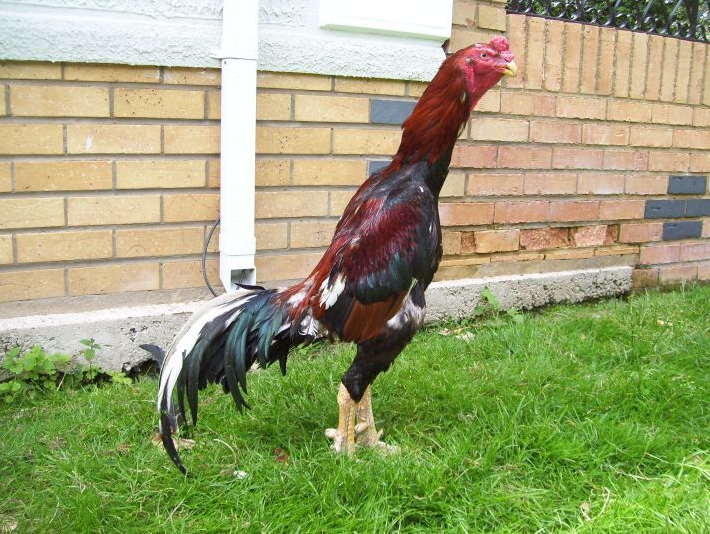
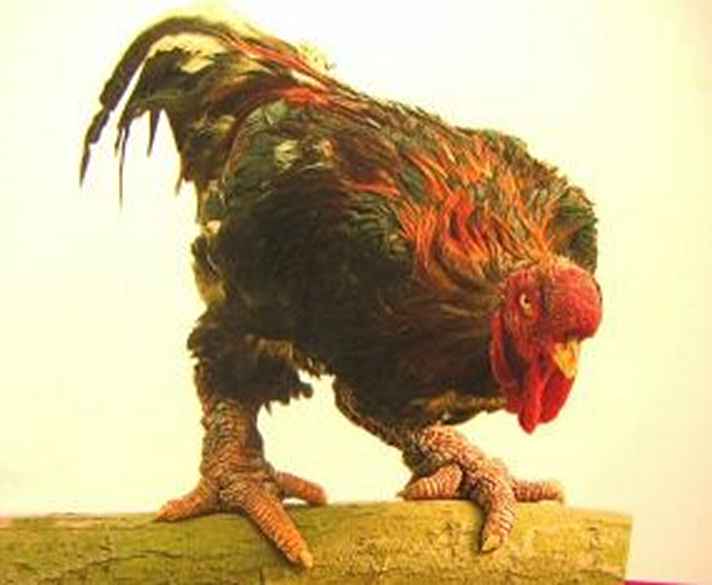
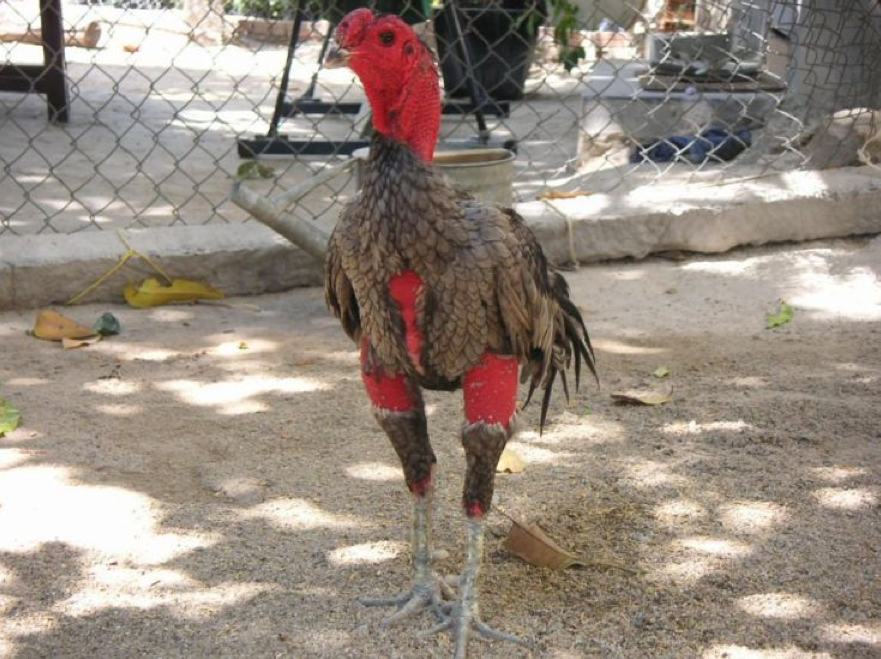
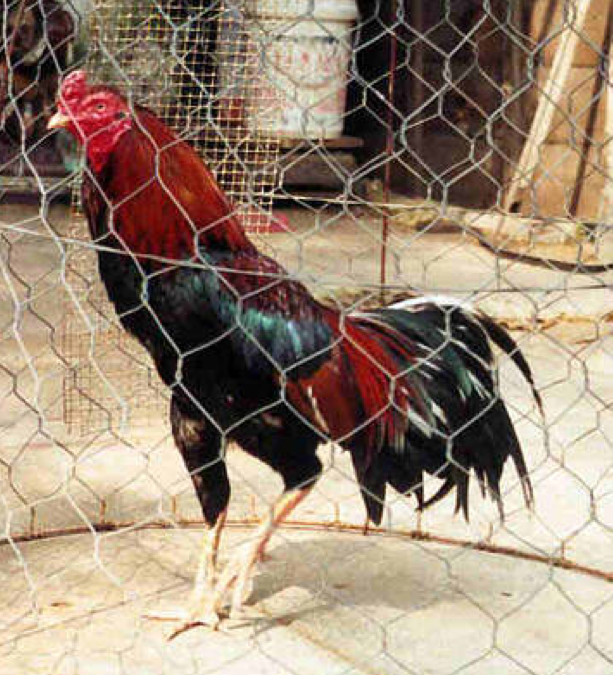

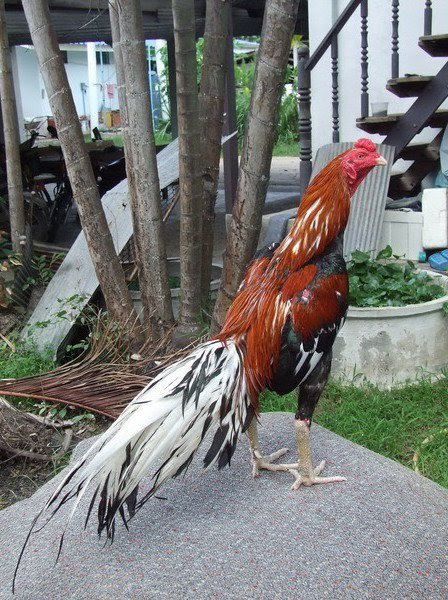
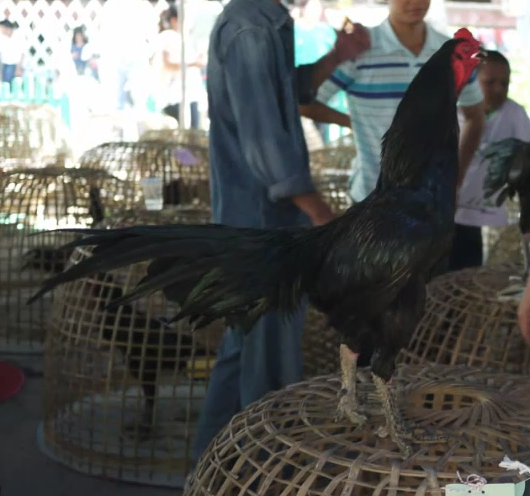
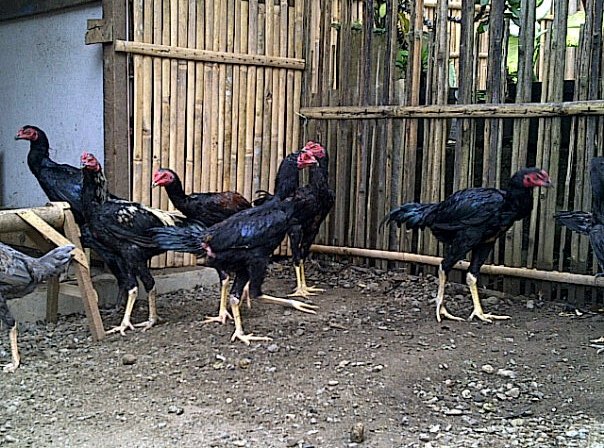
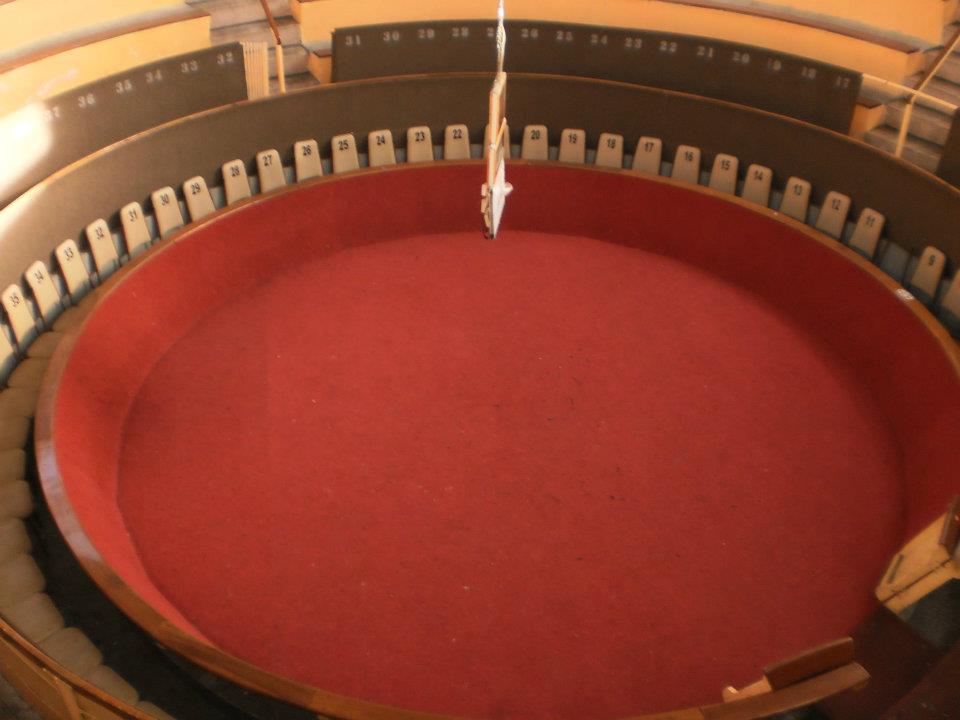
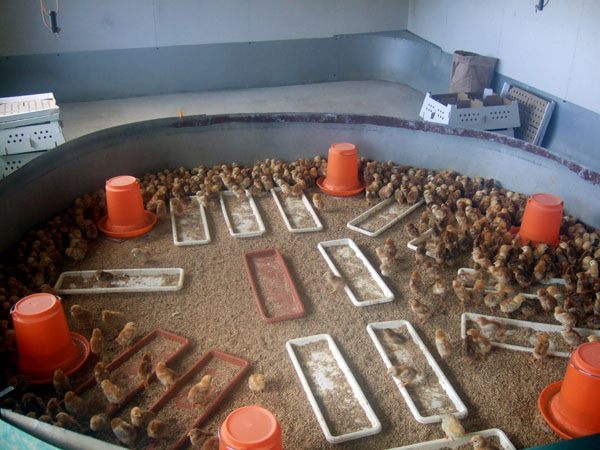
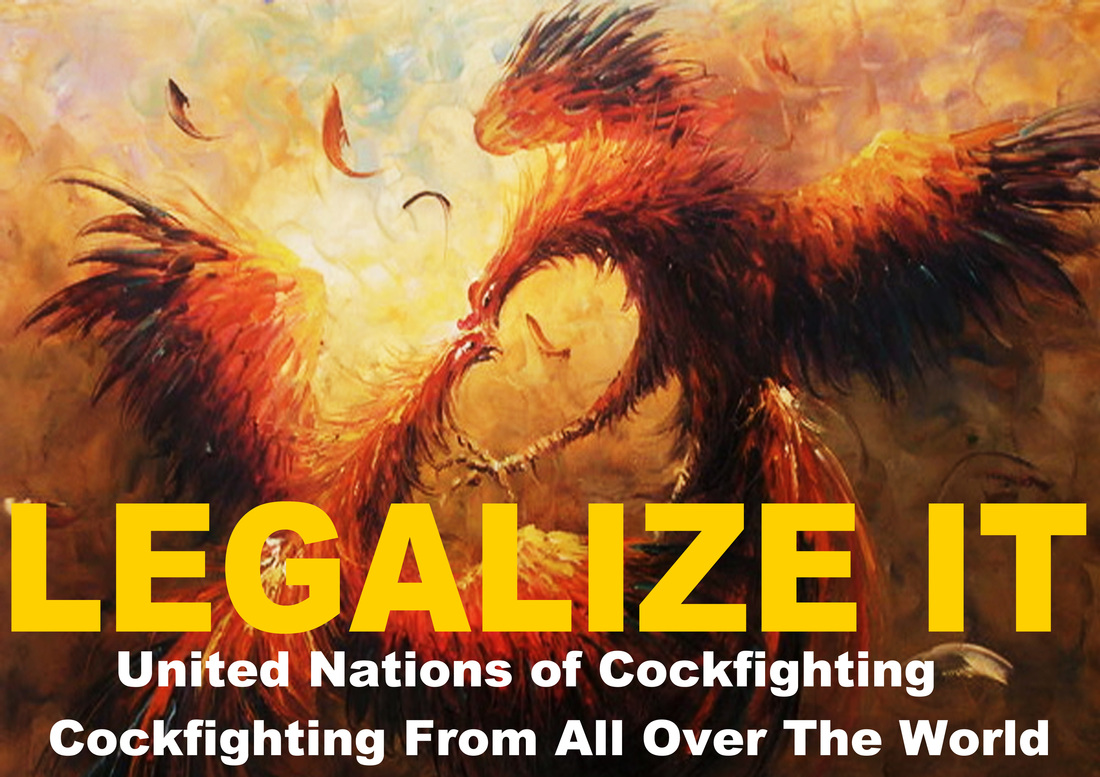
 RSS Feed
RSS Feed
